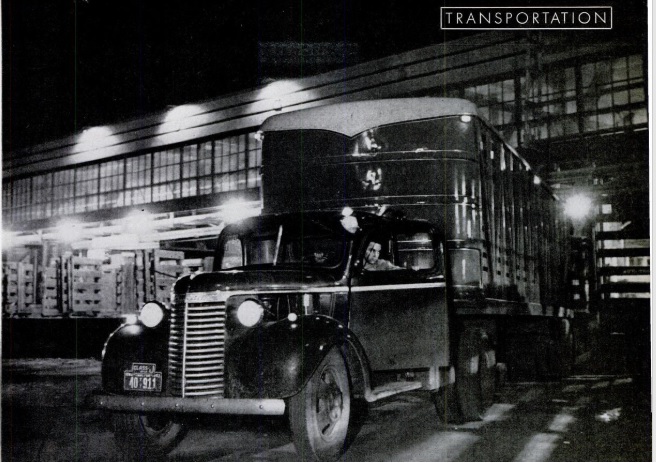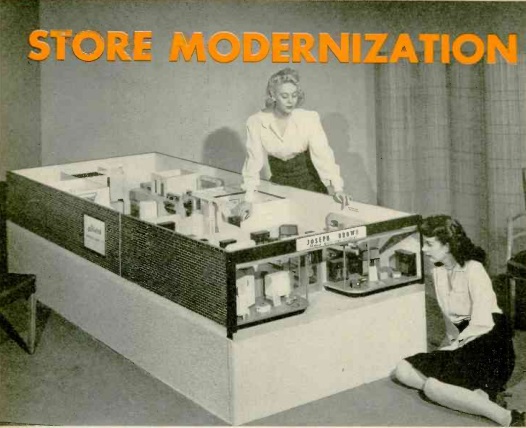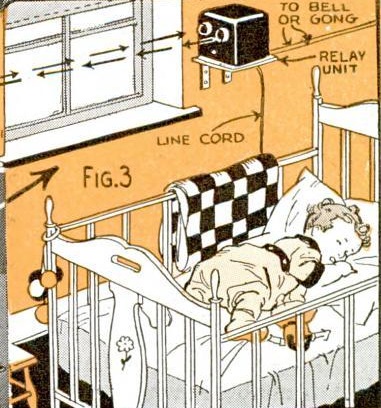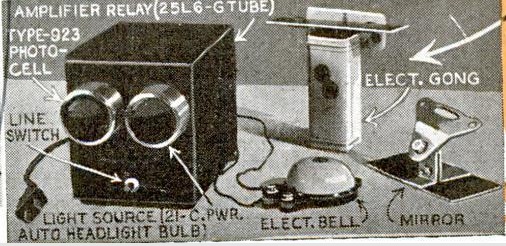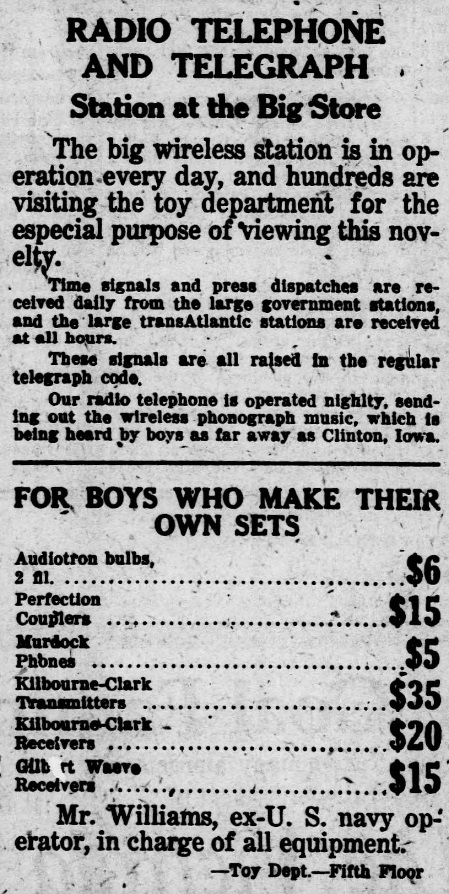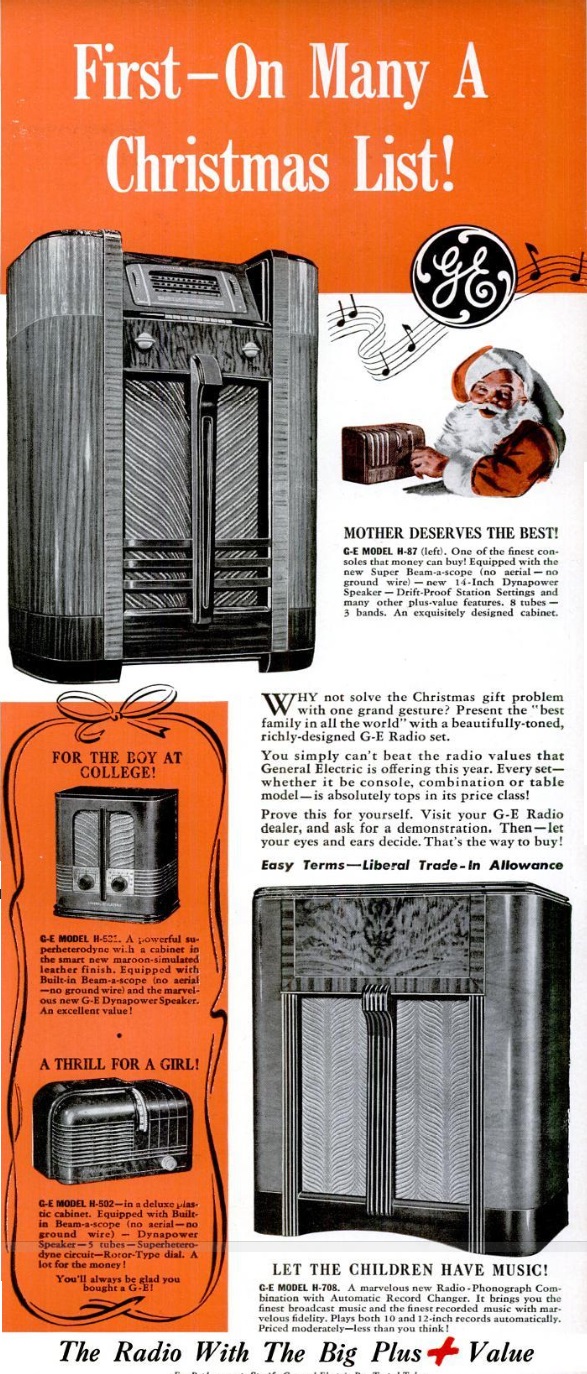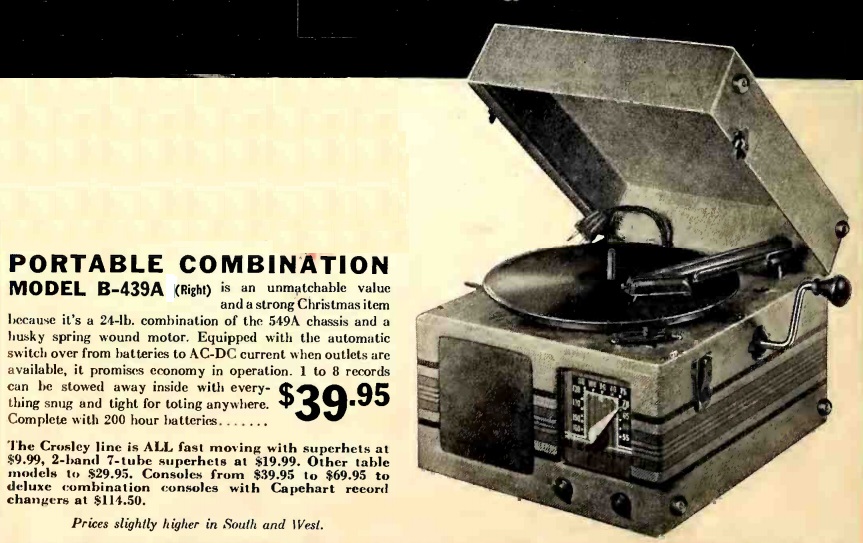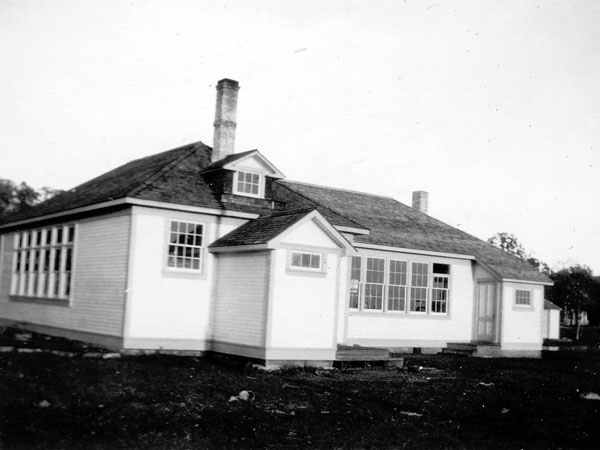
Oak Point School, Oak Point, MB. Manitoba Historical Society.
Seventy-five years ago this month, the December 1944 issue of Manitoba Calling, the program guide for CKY Winnipeg, carried this reminiscence of the early days of radio and what it meant to rural residents.
What Radio Means To Me
By Mrs. R. Howard, Oak Point, Man.
It all began with a tiny crystal set, and a couple of pairs of headphones, back in the days of depression, when owning a radio was simply out of the question. Even that little set brought untold pleasure to a couple of country dwellers, in the evenings when the children were quietly abed. It brought in only one station, but that suited us alright, and we were satisfied except when it suddenly went off sometimes when a joke was just getting to the point.
We always enjoyed the hockey games most, because Foster Hewitt‘s voice was one you could always hear. But this is developing into rambling reminiscences when I merely want to say that even the simplest form of radio can bring a great deal of pleasure into life, especially when you live where there is no other form of amusement. Now that we do possess a real radio, of course, the enjoyment is doubled many times, and the children, growing up, can share in it, too. It would be impossible for me to cover the whole territory of its meaning in one short essay.
Radio has banished the “hick” from rural life. Radio is the connecting link which is being forged between country and city, and it should establish much greater unity and understanding between the two, and eventually, let us hope, between all peoples of the world. If radio can -and I believe it can -play a major role in creating that understanding throughout the world which is necessary to the establishment of peace and goodwill on earth, it will indeed have accomplished a God-sent mission that all other man-made wonders have totally failed to do. Let us wish it God-speed on this greatest of all services to mankind!

